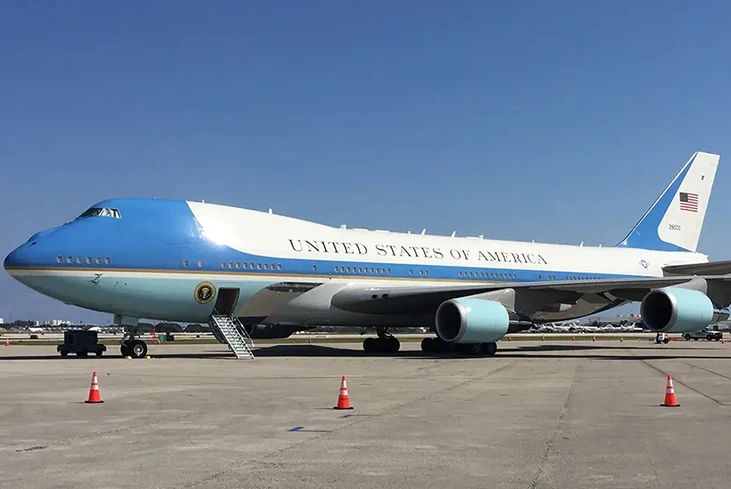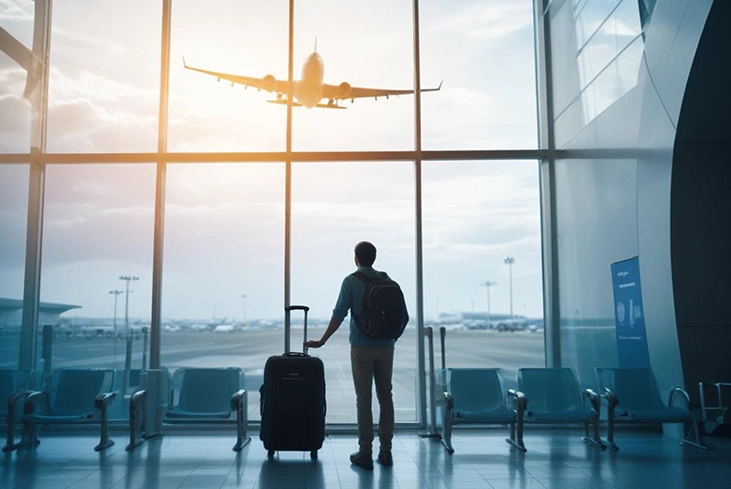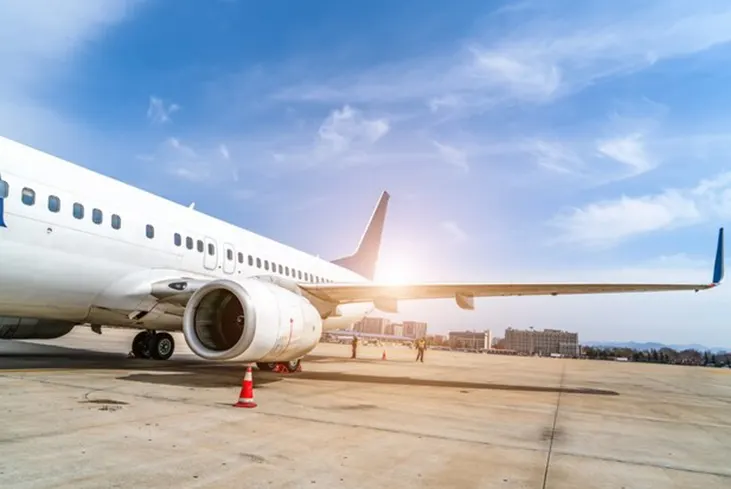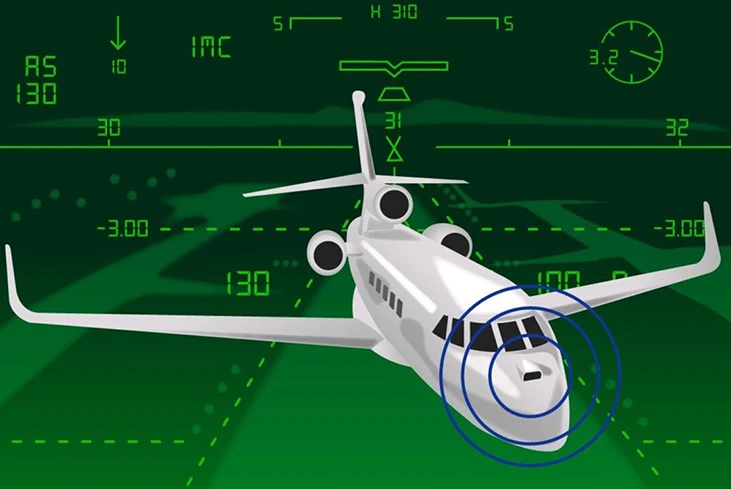Donald Trump’s second term as president means the return of TFRs over Palm Beach International Airport (PBI) and South Florida. Business aircraft operators must understand and comply with these restrictions, which include a few changes from past TFRs.
These VIP TFRs include a 10 nautical mile (nm) inner core and 30 nm outer core, both extending from the surface up to FL180, when the president visits Mar-a-Lago resort.
Operators flying to PBI while the TFR is active must register for gateway screening at one of five designated gateway airports – White Plains (HPN), Teterboro (TEB), Dulles (IAD), Orlando International (MCO) and Fort Lauderdale (FLL) – no less than 24 hours prior to departure.
In a new development, the Transportation Security Administration (TSA) will utilize its eSecure Flight program to vet passengers and crew for arrivals to PBI, as well as for flights departing through that airport’s four FBOs.
“Operators must submit passenger and crew information ahead of time as it’s available,” said Heidi Williams, NBAA senior director, air traffic services and infrastructure. “TSA indicated that they would accommodate revised manifests as needed but asks that we minimize such changes to ensure adequate staffing at these screening facilities.”
TSA officials indicated that submission of crew and passenger information via the agency’s eSecure Flight portal should reduce processing time during gateway screening operations.
Another change requires ALL flights to be on an active IFR or VFR flight plan, in addition to maintaining radio contact with ATC. Pilots will be assigned a discrete transponder code that must be squawked upon startup and during all ground operations, and while inflight.
Most other operations, such as banner towing, inspections and flight training will not be authorized while the TFR is in effect.
What hasn’t changed, noted NBAA Senior Vice President, Safety, Security, Sustainability and International Operations Doug Carr, is the significant impact such residential TFRs have on operators based at PBI and surrounding airports.
“We are working to minimize operational impacts as much as possible, but it’s difficult to mitigate and abet the effects from presidential travel in a material fashion,” he said. “This is never a simple process and it’s something our entire industry needs to properly manage.”
However, Carr and Williams commended government officials for communicating the changes to the South Florida aviation community, with representatives from the FAA, TSA, U.S. Secret Service, the Continental U.S. NORAD Region and other agencies participating in a Jan. 16 regional meeting to review TFR procedures.
“We have pathways that allow business aviation operations to continue responsibly during these TFRs,” Carr said. “These agencies want to get the word out to ensure pilots understand these restrictions, the implications of non-compliance and the importance of due diligence and risk mitigation.”
Official notification of these TFRs, including scheduled start and end times, will come via NOTAMs disseminated through various sources, including NBAA Airspace Alerts. NBAA will continue to monitor additional developments and will share further details, contact information and other information as soon as possible.



